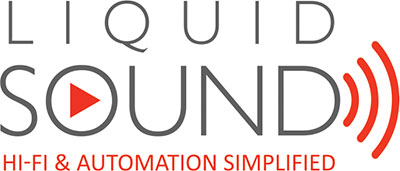Turntables
Although the phonograph was invented in 1877 by Thomas Edison, it was not until the early 1890s that Emile Berliner transitioned from cylinders to flat discs. Now a day the once popular gramophone term (Grammy for short) has been immortalized by the Grammy Awards that started in 1959 and continue to this day. Sound made motion pictures come to life!
Today gramaphones are called turntables or record players, and vary in price from less than $100 for your garden variety to more than $300,000 for the Goldmund Reference turntable.
In 1975 the REGA 2 turntable was introduced by Roy Gandy and his partner Tony Relph (Tony RElph, Roy GAndy), this was the best budget high quality turntable of the day (my opinion and many others). In 1990 Heinz Lichtenegger founded Pro-Ject, located in Austria and with manufacturing plants in the Czech Republic and Slovakia, Pro-Ject became the world’s largest turntable manufacturer and the recipient of numerous awards. Pro-Ject was a game-changer.
Over the years I have personally owned Thorens, Ariston, Linn Sondek, Rega plus tonearms by Linn, SME, Stax, Decca and Syrinx, additionally I had the pleasure to handle brands such as Goldmund, VPI, Oracle, Ariston, Sota, Transcriptor and many more. I have quickly learned that they all had one thing in common; namely, the ability to properly couple the stylus to the vinyl groove and although they might have differed in their approach, the end result was the same.
The ideal turntable should have infinite mass and perfect speed. The ideal tonearm should have zero mass and infinite rigidity. Now you see why some turntables reach stratospheric prices, while trying to achieve something that is impossible to reach! Nevertheless some get pretty close!
Since any system is only as good as its weakest link, proper matching is always the key. Never forget that a flawed signal, even if reproduced by a perfect amplifier and a perfect speaker is still a flawed signal and nothing can reverse that. So, if you have to go overboard on something, the turntable is a good place to start.
There is little maintenance required, just make sure the turntable is level and the stylus is clean. Do not use the dust cover, open or closed, during play, remove it and put it aside. Once in a while, check the stylus pressure, the cartridge’s alignment and the platter’s speed. Your dealer can provide you with the necessary tools quite inexpensively. Cleaning the record is a good practice, but if you use a brush, it only cleans the surface. The only thing that can get deep into groove with sufficient authority is the needle.
The record brush is equivalent to a tooth brush, your needle is equivalent to flossing, and most dentists would consider flossing more important than brushing.
I have heard countless times that a cheap or damaged record can be harmful to a stylus. I must ask then in which world can soft vinyl scratch diamond, the hardest known material in the world! In my Linn days, we were told to use sandpaper to clean the stylus! And we did.
Tonearms are available in four basic lengths, 9”, 10”, 12” and occasionally 16”. The longer they are the smaller the tracking distortion but, everything being equal, the higher the mass and the inertia, the lower the rigidity. These three factors, in my judgment, far outweigh the tracking distortion issue. My advice is to stick to the standard 9” arm as it offers the best compromise and will fit any turntable.
A turntable is as romantic as a walk in a moon lit park, as traditional as a Samurai sword and as intoxicating as the warm glowing of a vacuum tube. If you don’t have one, get one. Buy a good one and you will never look back.
